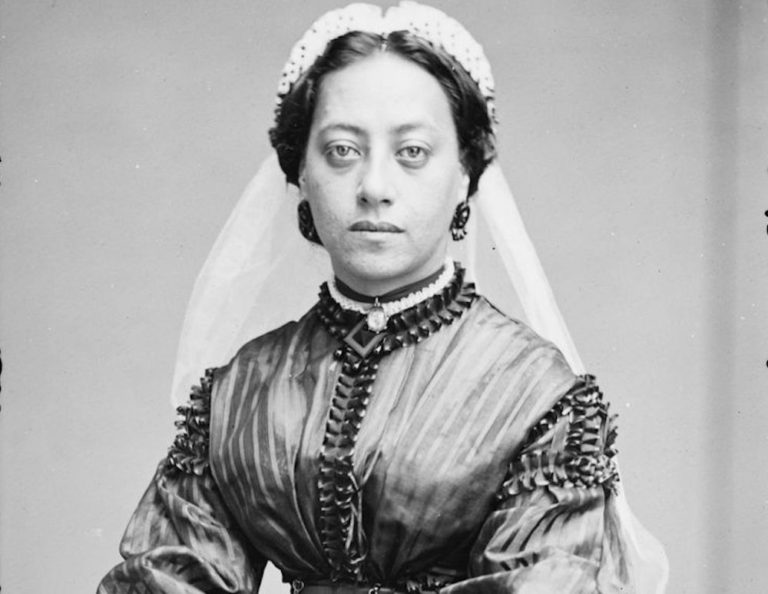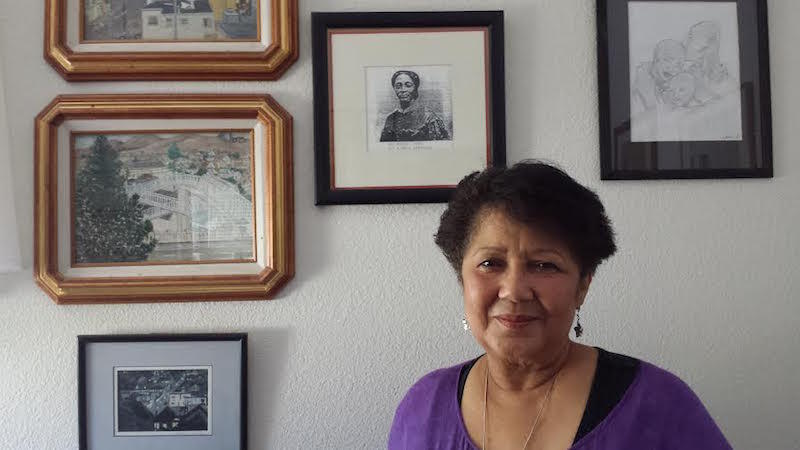Donna Nicol: An Agent of Change for Africana StudiesPosted in Articles, Campus Life, Interviews, Media Archive, United States on 2018-04-26 02:30Z by Steven |
Donna Nicol: An Agent of Change for Africana Studies
CSUDH Campus News Center
California State University, Dominguez Hills
Carson, California
2018-03-12
 Donna Nicol, associate professor and chair of Africana Studies at CSU Dominguez Hills. |
Donna Nicol, associate professor and chair of Africana Studies, arrived at CSUDH in fall 2017. As a faculty member, she teaches Comparative Ethnic and Global Societies. As chair, Nicol is working with her colleagues and the university administration to strengthen the program’s curriculum and bolster its presence on campus and in the region.
A fourth-generation “Comptonite,” Nicol’s deep local roots and unique upbringing in a community-focused family has had a profound effect on her as a researcher and educator. She briefly left South Los Angeles for Ohio State University where she earned a Ph.D. in Social and Cultural Foundations of Education with a specialization in African American higher educational history, and a minor in African American Studies in 2007.
Prior to coming to CSUDH, Nicol was the first woman of color to be promoted and tenured in Women’s Studies at CSU Fullerton. She joined the faculty ranks at Fullerton after spending nearly a decade working in higher education administration, a nontraditional career path that she believes gives her a unique perspective on the ethos of public education, and an advantage as an academic chair…
…Nicol sat down with CSUDH Campus News Center to discuss her unique Compton upbringing, her latest research, and her perspectives regarding the African American experience in higher education.
Q: To get started, can you tell me about your upbringing in Compton, and a little about how it influences you as an educator?
A: My family moved the Compton because it was one of the few places in Los Angeles at the time that allowed African Americans to buy homes. Coming from a military background—my great-grandfather was as an Army doctor during World War I—my great-grandparents didn’t want to go back to the South with mixed-race kids (Filipino and Black). After World War II, they moved to California as did my paternal grandparents who also moved to Compton to avoid racial segregation in the Jim Crow South. We were one of the few families that had the opportunity to go to college. My great-grandfather was a doctor, so he had “cultural capital,” and taught my grandmother how to prepare for college; who passed it on to my mother; who passed it on to me…
Read the entire article here.








